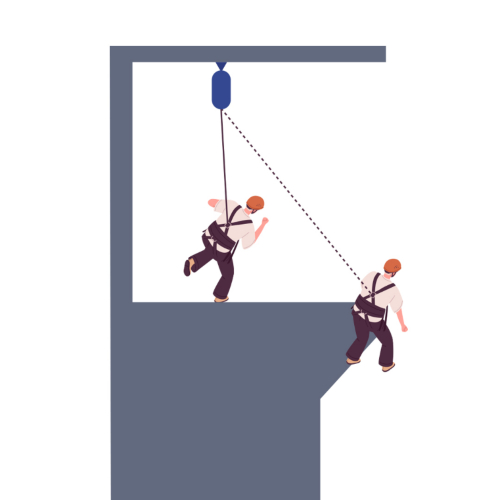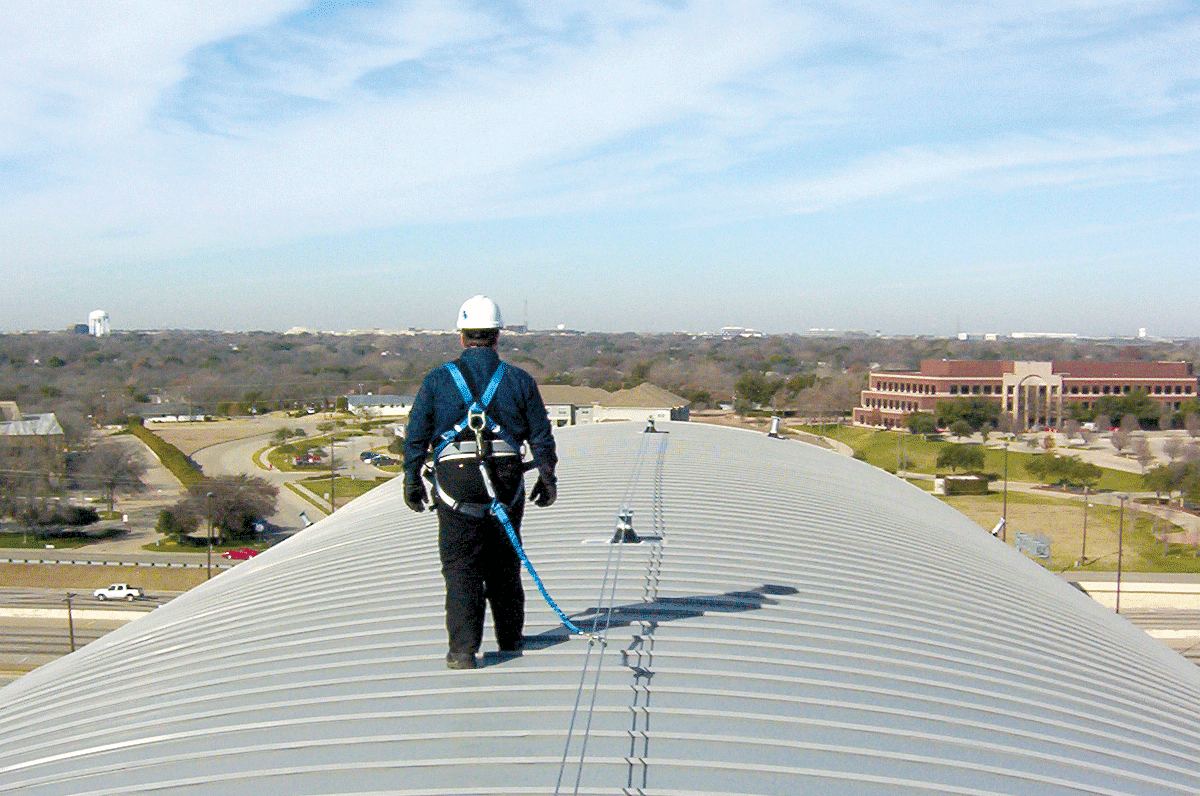Knotorious
That Guy With The Face
Interesting. I always thought drop tests had some kind of effect on the ultimate rating, as I believed taking drop tests into consideration is important for generating a proper 10:1 safety ratio, and that shock loading was used as a part of a manufacturer's quality control at the very least.Drop tests are performed to ensure that climbing gear can withstand shock loading and not kill you, pull tests determine the breaking strength, which is used in the working load calculation. Isn't that what you meant?
But if the rating is not affected by drop tests, is drop testing then done at forces well below the rating value as a form of stress testing? Because shock loading any product at the rating would predictably end up killing the end user and destroying the product more often than standard pull testing/static loading up to the same extremes.
I was thinking that perhaps the results of drop testing partly contributed toward the reality that most hardware and software are rated for ~3kn+ LESS than what they usually actually break at (as evidenced by most publicly available break test data and break test channels like HowNot2) , which might be the manufacturers way of creating a hidden margin of safety should one of their products be used incorrectly (such as being shock loaded or cross loaded; despite making it very clear that their products shouldn't be used in such ways in the manuals) and to maybe protect the manufacturer to some extent, ensuring that any third party who break tests their products correctly will find that their products consistently break above the rating.
But I reserve the right to be wrong. Like I stated from the very beginning, this has never been anything more than a "theory" for me.

 That's the first step.
That's the first step. 

